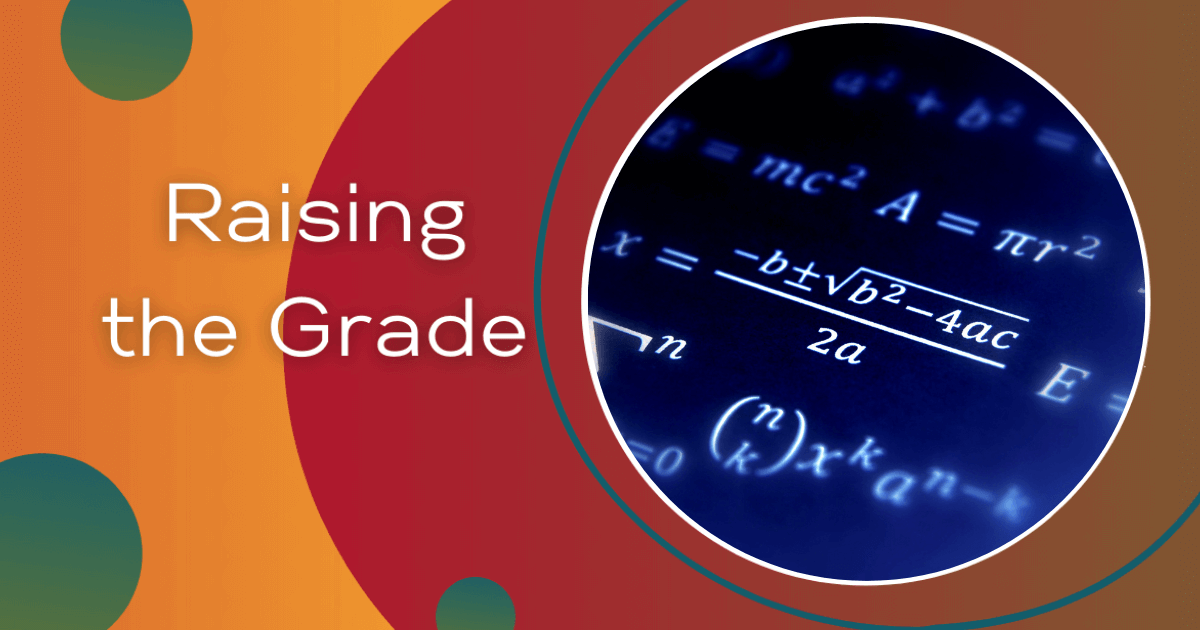Pop Quiz! Johnny has 30 quarters. The cost to do one load of laundry is six quarters. How many loads of laundry can Johnny do?
I’ll bet you solved this problem relatively quickly. And I’ll bet you are 100% sure of your answer: 5 loads of laundry. But, I’ll bet that you did not solve this problem using tools that most elementary students are taught to use today—tools known as manipulatives.
Manipulatives are concrete objects you can manipulate or touch and move around with your hands. These include objects like unfix cubes, fraction bars, and base ten blocks. They also include everyday objects like buttons, beans and coins. These manipulatives aid students with learning math concepts, such as place value, geometry, fractions and common operations like multiplication and subtraction. Manipulatives are found in nearly every elementary school classroom and their use has become widespread over the last decade and a half. Most educators would argue that they are extremely helpful in the beginning stages of learning a specific math concept, but not very efficient for long-term or permanent use.
Many elementary students would need to use manipulatives to solve the division problem above, probably by counting out 30 of some object then partitioning them into groups of six. But, how come as an adult, you were able to solve this problem without manipulatives? Is it because you learned math in school without manipulatives so you have no use for them? Or is it because you are older, have much more experience with division and do not need to rely on manipulatives? Whatever the reason, I think that we can all agree that in everyday life, adults are expected to do basic math mentally and efficiently.
I can imagine that there are some students who rely on math manipulatives past the point of utility, relevance or appropriateness. In fact, I have encountered fifth and sixth graders who have asked for base ten blocks to help them with subtraction or who have needed fraction bars to compare two fractions. In my opinion, by that age, students should be conceptualizing these concepts more easily, while not needing to rely on concrete tools (but that is a discussion for another day).
My questions are: How do we transition students from the use of manipulatives to the use of more efficient methods that are expected in adulthood? How do we best give students the tools they need, but not allow those tools to become a crutch? How do we empower students to do mental math and conceptualize broader concepts while still using manipulatives?
Share your thoughts. Feel free to tweet me your ideas and opinions @Mathophile_DC.
E. M. Jones
Fourth Grade Teacher



